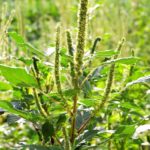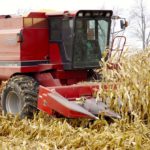
Real sustainability
Integrating the benefits of his Ontario Soil Network membership into how he farms is helping Rick Kootstra find real sustainability

Stressing soybeans may actually help
The big question is: what are you trying to achieve, more bushels? Or an easier harvest?

Growing quality oats
Recommendations for oat agronomy from the new POGA Oat Growers Manual and research across Western Canada

Soil organic freefall
Comparisons that date back 40 years or more in some counties show just how much organic matter we’ve lost, and how hard it’s going to be to replace it

The next tipping point for Canada’s corn growers
Some Illinois growers are already at the tipping point for resistant weeds. Are Canadian corn growers far behind?

Dealing with those early weeds
Forget the old arithmetic. Your losses from early weeds are probably much more costly than you’ve ever imagined

The ‘precise’ in precision agriculture
Making cost-of-production decisions is possible using available software

Going big with on-farm research
The plots may be supersized, but the questions that privately owned Agritruth Research looks to answer could have come from any farmer in Western Canada

Big trends drive diverging high and low income food interests
Panel discussed the future of food and the widening disconnect between growers and consumers

Adding an agronomist to your farm team
Read more


